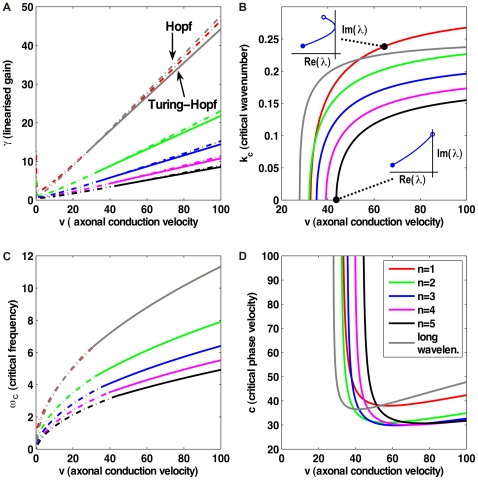Figure 9. Turing instability analysis of the dispersive and long-wavelength propagators.
Bifurcations are investigated by varying the axonal conduction velocity  and determining
and determining  ,
,  , and the critical linearized gain
, and the critical linearized gain  . All other model parameters remain at the values discussed in the text. (A) Solid curves represent Turing-Hopf bifurcations (
. All other model parameters remain at the values discussed in the text. (A) Solid curves represent Turing-Hopf bifurcations ( ), dot-dashed curves Hopf bifurcations (
), dot-dashed curves Hopf bifurcations ( ). Results for orders
). Results for orders  of the dispersive propagator and for the long-wavelength model are shown. Above the Turing-Hopf curves travelling waves emerge, whereas above the Hopf curves bulk oscillations are seen. Stability will be lost at a given
of the dispersive propagator and for the long-wavelength model are shown. Above the Turing-Hopf curves travelling waves emerge, whereas above the Hopf curves bulk oscillations are seen. Stability will be lost at a given  through the less stable bifurcation, which has smaller critical
through the less stable bifurcation, which has smaller critical  . (B) Critical wavenumber
. (B) Critical wavenumber  of the Turing-Hopf bifurcation. Insets show the position in the complex plane of the most weakly damped pole under variations of
of the Turing-Hopf bifurcation. Insets show the position in the complex plane of the most weakly damped pole under variations of  (open circles
(open circles  , closed circles
, closed circles  ) for the dispersive model at the indicated
) for the dispersive model at the indicated  . (C) Critical frequency
. (C) Critical frequency  of the less stable bifurcation. (D) Critical phase velocity
of the less stable bifurcation. (D) Critical phase velocity  , shown where Turing-Hopf is the less stable bifurcation.
, shown where Turing-Hopf is the less stable bifurcation.

